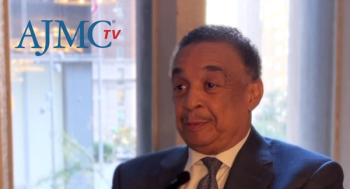
Childhood Vaccination Hesitancy Has Significant Public Health and Economic Consequences
Vaccine hesitancy is prevalent in the United States and has led to a decrease in routine childhood vaccinations. This decline has started discussion by policy makers, on both the state and national levels, regarding how to address the public’s hesitancy in order to prevent the increased risk of the resurgence of infectious diseases.
Vaccine hesitancy is prevalent in the United States and has led to a decrease in routine childhood vaccinations. This decline has started discussion by policy makers, on both the state and national levels, regarding how to address the public’s hesitancy in order to prevent the increased risk of the resurgence of infectious diseases.
The growing hesitancy for childhood vaccinations is because of personal beliefs often driven by incorrect information outside of science and government, wrote authors of a recent
“The determinants of the parental decision-making process on whether to vaccinate their child are complex and context specific, but are often influenced by misinformation, false claims regarding vaccine safety, and a low perceived risk of infectious diseases among other factors,” the authors explained.
In the study, researchers estimated the number of measles cases among children in the United States and the associated economic costs from different levels of vaccine hesitancy. Data was collected from the CDC to simulate and analyze the measles, mumps, and rubella (MMR) pediatric (ages 2 to 11) vaccination coverage in the United States. The economic costs per measles case were also collected in order to predict the effects of vaccine hesitancy.
The researchers found that a 5% decline in MMR vaccine coverage would cause a 3-fold increase per year in measles cases for children in the United States, resulting in an additional $2.1 million in public sector costs. If the study considered unvaccinated infants, adolescents, and adult populations, this total cost would be significantly greater.
Despite the common belief that measles is no longer a risk to children in the United States, these results suggest that there is still a substantial threat for large outbreaks.
“The results of our study find substantial public health and economic consequences with even minor reductions in MMR coverage due to vaccine hesitancy and directly confront the notion that measles is no longer a threat in the United States,” the authors concluded. “These findings should play a key role in any policies adapted by state or national governments that relate to childhood vaccination.”
Newsletter
Stay ahead of policy, cost, and value—subscribe to AJMC for expert insights at the intersection of clinical care and health economics.

















































